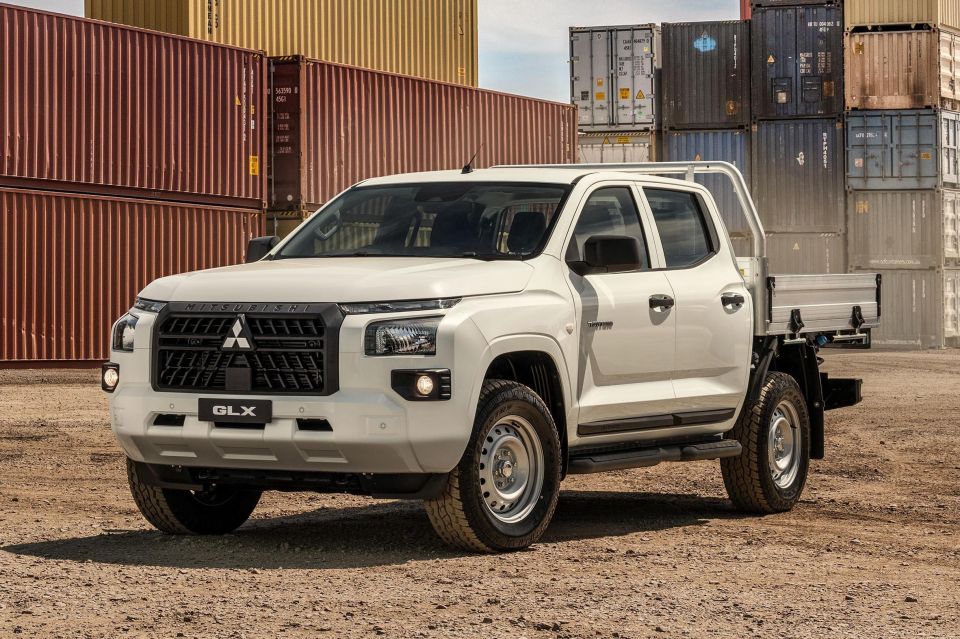The Australian Authorities’s New Car Effectivity Normal (NVES) penalties formally got here into impact on July 1, however Mitsubishi Motors Australia’s president and CEO Shaun Westcott claims they received’t power an uptick in electrical car (EV) gross sales.
Designed to incentivise producers to cut back CO2 emissions throughout their car lineups, the NVES commenced on January 1, 2025. If automakers exceed a mean carbon emissions goal on the autos they promote annually, they’ll be penalised $100 per g/km of CO2 for each car which exceeds the goal.
Talking on the latest native launch for the up to date Mitsubishi Outlander, Mr Westcott addressed the problem of NVES by telling CarExpert he agreed with its basic motives.
“It’s vital that folks perceive that I personally, and as an organization, we’re very involved about sustainability and the setting, and we expect that the world ought to be doing one thing to cut back emissions,” he stated.
Lots of of recent automotive offers can be found by way of CarExpert proper now. Get the consultants in your aspect and rating a terrific deal. Browse now.
“That’s not only for our business, it’s for all the things. We must be lowering important emissions to guard our planet for the long run.”
The NVES units out to do exactly that. Put merely, producers are actually topic to CO2 limits for brand spanking new automobiles, that are 141g/km for passenger automobiles and 210g/km for mild industrial autos and heavy-duty SUVs. These limits will cut back yearly till 2029, forcing producers to promote more and more environment friendly autos.
Among the many methods to get round this and proceed to promote ‘dirtier’ autos is to promote extra zero- and low-emission automobiles like EVs and hybrids, however Mr Westcott doesn’t count on authorities rules to reverse latest tendencies in EV demand.
“I believe there’s a level of naivety that thinks that in case you simply penalise us as [manufacturers], all of us, that someway that’s miraculously going to vary the market,” he stated.
ABOVE: Australia’s 4 best-selling EVs.
“And the fact is, as we sit right here at this time, eventually rely, and I’m shedding rely, there are [more than 85] battery EV choices out there within the Australian market. There isn’t a scarcity of alternative, and but battery-electric autos are nonetheless in [low demand].
“That’s not due to penalties or a scarcity of penalties. We’ve acquired loads of these, however they’re not going to vary the equation, as a result of there are different items within the puzzle which are lacking.
“Any strong, rational individual will perceive that it is advisable to handle, and whether or not it’s arithmetic or accounting, you’ve acquired to stability the equation.
“We, as a [manufacturer], can not power you or [anyone] to purchase an EV, and you’ll penalise us to dying. I nonetheless am not going to power you to purchase an EV.”

Mitsubishi’s present focus is firmly on plug-in hybrid autos (PHEVs), although it does have plans to launch an EV co-developed with Foxtron within the second half of 2026. Fringe advantages tax (FBT) exemptions for PHEVs not too long ago got here to an finish although, a transfer Mr Westcott has beforehand labelled a mistake.
Within the first half of 2025, 25,613 PHEVs have been delivered throughout Australia, a major enhance on the 8223 delivered in the identical interval final yr.
EVs, in the meantime, have notched 47,145 deliveries within the first half of 2025, however that quantity is down on the 50,905 delivered within the first half of 2024.
“We have to perceive the explanations that folks aren’t shopping for EVs, and that features, amongst different issues – there’s a number of issues – however considered one of them is primarily infrastructure. The place do I cost this automotive?,” Mr Westcott stated.

“And if I’m a tradie and I’ve acquired 5 jobs to do, and the present know-how doesn’t enable me to tow a trailer that weighs 3.5 tonnes filled with instruments or cement or tiles for eight hours of the day, so I can get to the 5 jobs that I must do with out spending an hour or two hours charging my automotive each two hours, then I’m going to make no cash, mate. I’m not going to make a residing.
“There’s a practicality, there’s frequent sense, possibly, however just a few practicality that’s lacking in what’s occurred with NVES. The ambition is true, however there’s a niche between ambition and actuality.
“And I don’t see anyone that’s speaking about how we’re going to repair these gaps that exist between ambition and actuality. Simply penalising us isn’t going to power individuals to purchase automobiles.
“We will’t power individuals to purchase automobiles. We’re a democratic nation, and other people have free alternative.”
MORE: What the primary federal emission normal means for Aussie automotive consumers
MORE: PHEV tax break ends in Australia, simply as gross sales growth and EVs falter
MORE: Every thing Mitsubishi

